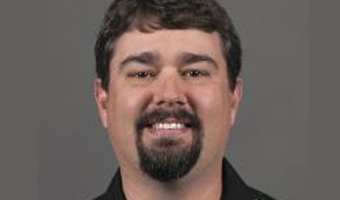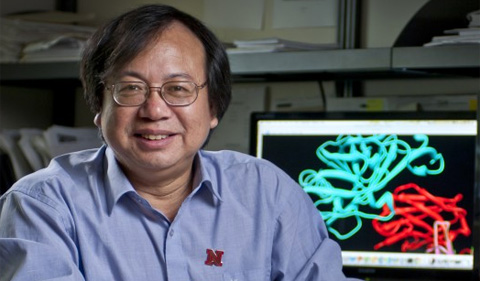Ohio University’s Chemistry and Biochemistry Colloquium Series presents Dr. Darren Johnson on “Synthesis and Emerging Reactivity of Self-Assembled Main Group Coordination Clusters: An Efficient Route to Cyclophanes?” on Monday, Nov. 7, at 4:10 p.m. in Clippinger Laboratories Room 194.

Dr. Darren Johnson
Johnson is Professor of Inorganic, Organic Supra, Molecular, and Materials Chemistry at the University of Oregon.
Reversible metal-ligand interactions have been used as an important tool to self-assemble numerous spectacular, discrete supramolecular structures. We have developed a design strategy for using the unusual coordination chemistry of main group ions as a directing element in self–assembly reactions to form three-dimensional, multinuclear supramolecular assemblies. For example, the trigonal pyramidal coordination geometry of Group 15-thiolates leads to self-assembly of a series of E2L3 “cryptands” and macrocycles (E=As, Sb) from ECl3 and a dithiolate.1
Cryptands featuring the heavier Group 15 elements can be “transmetalated” to form the corresponding lighter E2L3 cryptand, which has enabled synthesis of a P2L3 complex.2a We have also shown that these main group assemblies, while quite stable to air, moisture, acid and base, serve as useful precursors to prepare discrete disulfide macrocycles2b and (hetero)cyclophanes (pictured below).2c The scope of these supramolecular self-assembly reactions and the reactivity of these structures to form known and new cyclophanes and heterophanes in surprisingly efficient reactions will be described.



















Comments